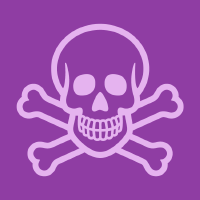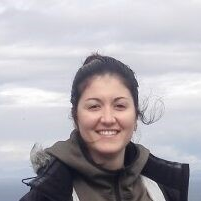Topic Menu
► Topic MenuTopic Editors

Coastal Macro-, Meso-, and Microplastic Pollution: Effects on the Health of Humans and Ecosystems
Topic Information
Dear Colleagues,
Plastic pollution is a major environmental issue that affects coasts across the globe. Since 1950, global plastic production has increased from 5 to 250 million tons per year, and 1/3 of this production is derived from disposable single-use plastics. Plastic fragments are classified by size, into microplastics (<5 mm), mesoplastics (5–20 mm), and macroplastics (>20 mm), and depending on their size, they can harm marine species in different ways. Marine plastic debris stems from both terrestrial and maritime sources, and coastal ecosystems, being in the interface between the two, are the point of first entry for ocean pollutants, usually via pipeline discharges, disposal from vessels, riverine input, atmospheric deposition, and nonpoint source runoff from land. Their effects can be detected at different levels: including acting as a vector of invasive species; negative socio-economic impacts, at both industrial (shipping and aquaculture) and touristic (yachting and tourism) levels; and affecting a wide range of marine organisms, including invertebrates and many species consumed as seafood.
Their economic importance for fishing and tourism, as well as the damage caused to them by human activity, make coastal ecosystems a priority when it comes to analysing the effects of plastic pollution on the health of both the ecosystems themselves and humans around them.
Original works, reviews, and short communications are all very welcome.
Dr. Alba Ardura Gutiérrez
Dr. Sara Fernandez Fernandez
Topic Editors
Keywords
- plastic pollution
- microplastics
- mesoplastics
- macroplastics
- marine species
- invertebrates
- seafood
- coastal ecosystem
- human activity
Participating Journals
| Journal Name | Impact Factor | CiteScore | Launched Year | First Decision (median) | APC | |
|---|---|---|---|---|---|---|

Diversity
|
2.4 | 3.1 | 2009 | 17.8 Days | CHF 2600 | Submit |

Environments
|
3.7 | 5.9 | 2014 | 23.7 Days | CHF 1800 | Submit |

Journal of Marine Science and Engineering
|
2.9 | 3.7 | 2013 | 15.4 Days | CHF 2600 | Submit |

Toxics
|
4.6 | 3.4 | 2013 | 14.7 Days | CHF 2600 | Submit |

Water
|
3.4 | 5.5 | 2009 | 16.5 Days | CHF 2600 | Submit |

MDPI Topics is cooperating with Preprints.org and has built a direct connection between MDPI journals and Preprints.org. Authors are encouraged to enjoy the benefits by posting a preprint at Preprints.org prior to publication:
- Immediately share your ideas ahead of publication and establish your research priority;
- Protect your idea from being stolen with this time-stamped preprint article;
- Enhance the exposure and impact of your research;
- Receive feedback from your peers in advance;
- Have it indexed in Web of Science (Preprint Citation Index), Google Scholar, Crossref, SHARE, PrePubMed, Scilit and Europe PMC.


